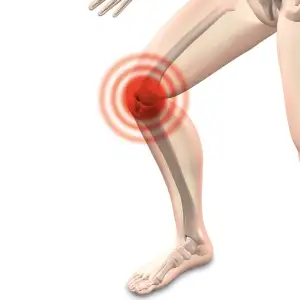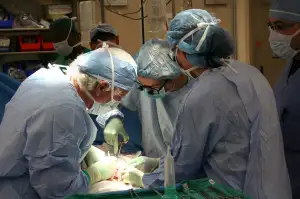Understanding Penis Amputation: A Comprehensive Guide to Surgical Removal in Health

Overview of Penis Amputation
Penis amputation, also known as penectomy, is a surgical procedure involving the partial or complete removal of the penis. This rare and extreme surgery is typically performed as a last resort in cases of severe trauma, cancer, infection, or gender reassignment. It is crucial to understand that penis amputation significantly impacts a person's physical, emotional, and psychological well-being. The decision to undergo this procedure is complex and requires careful consideration by both the patient and medical professionals.
Reasons for Penis Amputation
Reasons for Penis Amputation can vary, with the most common being severe trauma or injury to the penis that cannot be repaired through other means. This includes accidents, burns, infections such as gangrene or cancer, and congenital abnormalities like epispadias or penile cancer. In some cases, penile amputation may also be necessary in gender reassignment surgeries for transgender individuals. It is important to note that this procedure is considered a last resort when all other treatments have been exhausted.
Surgical Procedure for Penis Amputation
Surgical Procedure for Penis Amputation involves several steps to ensure the safety and well-being of the patient. The procedure is typically performed under general anesthesia to minimize pain and discomfort. The surgeon will carefully remove the necessary tissue while preserving as much healthy tissue as possible. After the amputation, the remaining tissue is closed with sutures to promote healing. In some cases, reconstructive surgery may be considered to improve function and appearance post-amputation. It's crucial for patients to discuss all aspects of the surgical procedure with their healthcare team before undergoing penis amputation.
Recovery Process and Potential Complications
After penis amputation surgery, the recovery process is crucial for healing and regaining function. Patients may experience pain, swelling, and bruising initially. It's essential to follow post-operative care instructions carefully to prevent infection and promote healing. Potential complications include infection, bleeding, urinary issues, and psychological distress. Regular follow-up appointments with healthcare providers are necessary to monitor healing progress and address any concerns promptly. Rehabilitation may involve physical therapy to help adjust to any changes in sexual function or urinary control.
Psychological and Emotional Impact
The psychological and emotional impact of penis amputation can be profound. Men may experience feelings of shock, grief, and a sense of loss of masculinity and identity. It can lead to anxiety, depression, and a decrease in self-esteem and confidence. Relationships may also be affected, leading to difficulties in intimacy and communication. Seeking support from mental health professionals, support groups, and loved ones is crucial in coping with these emotional challenges. It's important for individuals to address their feelings openly and seek help to navigate through this difficult period of adjustment.
Follow-up Care and Rehabilitation
Follow-up care and rehabilitation are crucial aspects of the recovery process after penis amputation. Patients will need regular follow-up appointments with their healthcare provider to monitor healing progress, address any complications, and adjust treatment plans as needed. Rehabilitation may involve physical therapy to help improve mobility and function in the pelvic area. Additionally, counseling or support groups can be beneficial for addressing psychological challenges and adapting to changes in body image and sexual function. It is important for patients to communicate openly with their healthcare team throughout the follow-up care and rehabilitation process to ensure optimal outcomes.
Published: 17. 03. 2024
Category: Health



